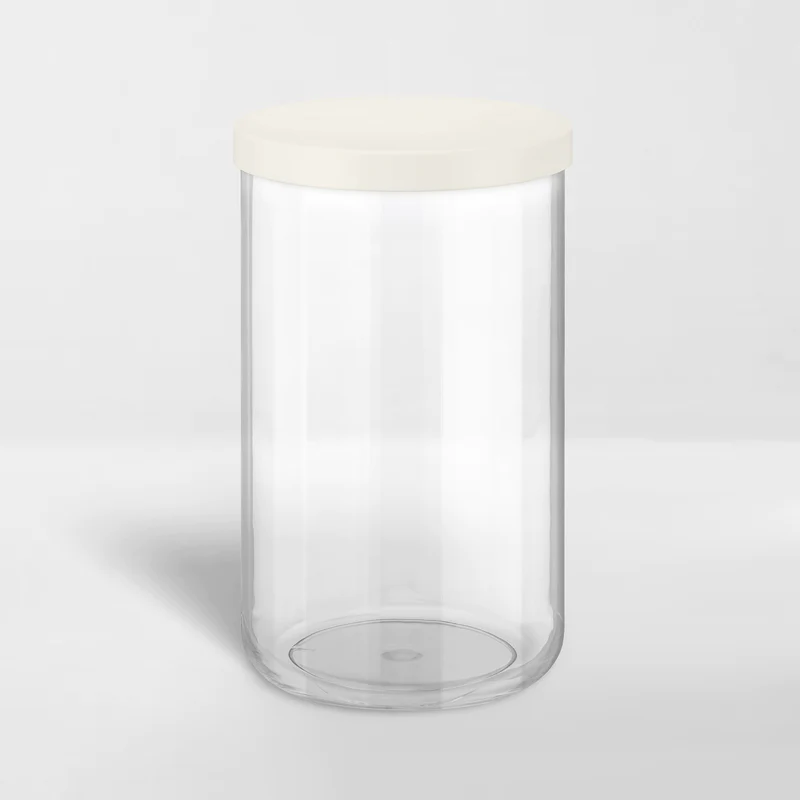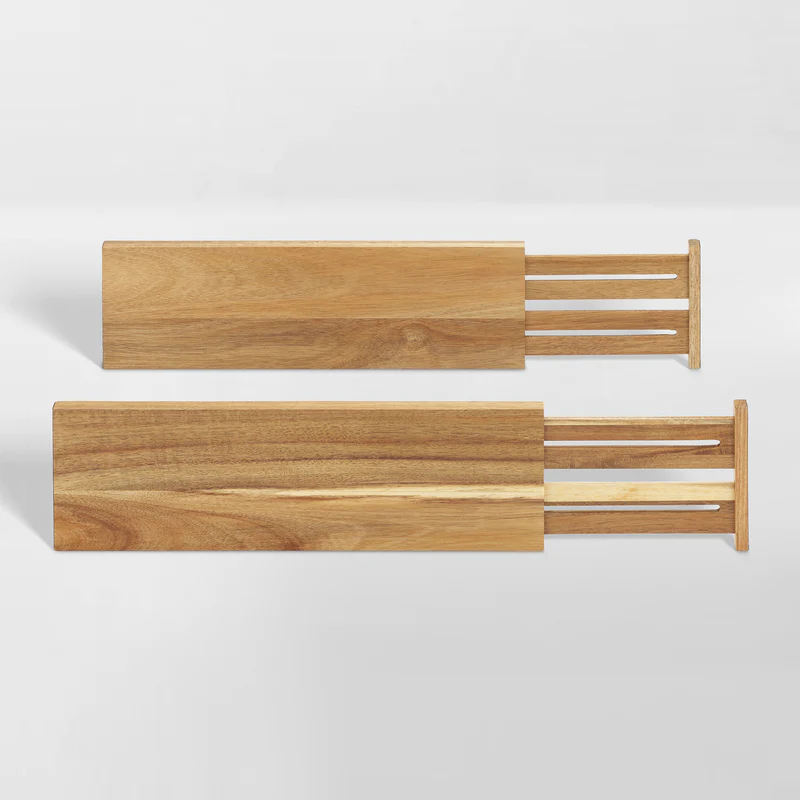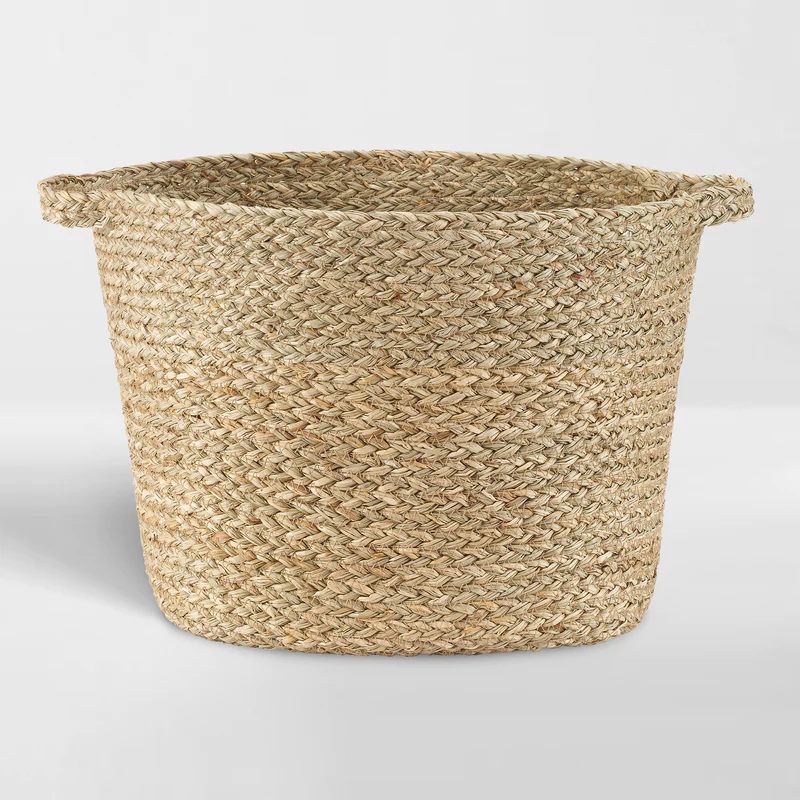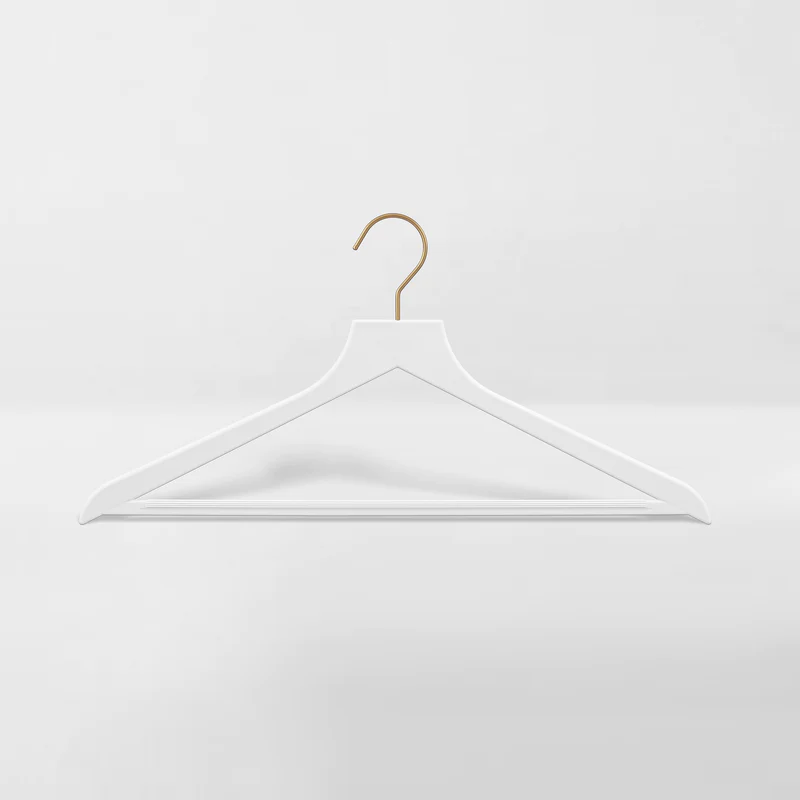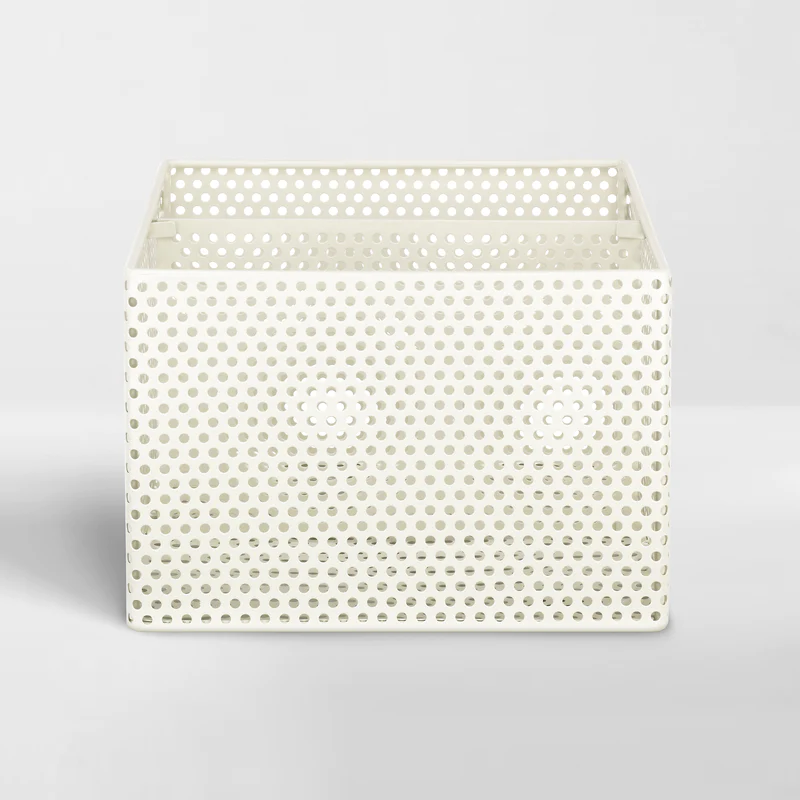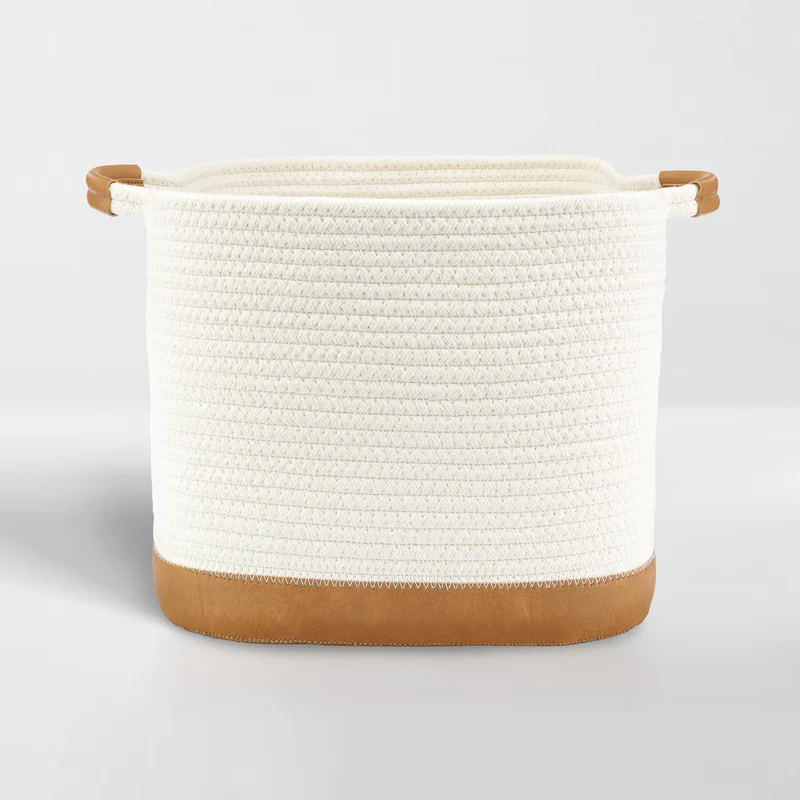How to Declutter & Organize Kids’ Spaces
No matter the time of year, one thing is clear: you can always find a new hack when it comes to decluttering and organizing for your kids.
There are particular times of the year (specifically summer vacation and the holidays) when you may be feeling the inevitable “clutter creep” and asking yourself: What’s the best way to organize their clothes and shoes? How do you keep all of the toys in line? What about the myriad arts & crafts projects with one million (infuriatingly tiny) pieces? Or the board games that never seem to stay in one box?
Luckily, we’ve gotten down to the nitty gritty on kid’s organizing with amazing results that are easy to maintain (the key, in our opinion.) We’ve compiled a list of frequent questions and topics we go over and answer from clients and followers to share all of our best tips and tricks for you to feel in control and ready to take on your kids' space.
Organizing a child’s space can feel really overwhelming. Where do you suggest someone start?
If you’re feeling really overwhelmed, start by editing one category - whether that’s stuffed animals, cars, or dolls. Set aside any toys in that category that are broken, missing pieces, no longer age-appropriate, or no longer played with to be tossed or donated. Place them in a black bag to hide them from little eyes and place them in the car as soon as possible. Once you get one category under your belt, you’ll often feel inspired to tackle more.
Do you recommend getting children involved in the process?
We think it’s important to get your children involved in the process of decluttering and organizing. You are giving them the opportunity to maintain ownership of the process, while still being able to get the results you’re looking for. We feel this type of activity is a valuable life skill that they’ll be able to fine tune as they get older each year and with regular practice. Naturally most children are glorified hoarders, but don’t get discouraged if there is initial push back during the decluttering process. We have found that providing them with clear boundaries can help guide the process. For instance, “You have 13 stuffed animals, pick out your favorite 10”. Also, we’ve found that sharing where their items will be going (i.e. to someone else who may not have any stuffed animals, and not simply thrown in the trash) may help bring some encouragement to the process. We never recommend throwing away something secretively, or forcing your child to get rid of something, as that will turn them away from the process and work against you long-term.
When it comes to playrooms/areas, how do you go about organizing in an effective way?
Broad categories are the key to a well-organized and functioning playroom that will grow with your child over time. We often suggest using terms like “wheels” or “friends” instead of “cars” or “Barbies”. That way, your system can remain intact regardless of what small toy comes home from the next birthday party.
What are some systems you put in place to not only make everything organized, but have the kids easily put away their toys in the “right” place?
Categorized and labeled bins make a huge difference in any space, but kids will struggle to put toys away correctly if bins are out-of-reach or overstuffed. Keep bins low and loosely filled to encourage clean-up. Early readers may also benefit from simple images next to the category name. This not only helps them identify where each toy belongs, but they’ll learn the words too!
What are some of the essential organizational pieces one should have when organizing toys, arts & crafts, and any other items?
Our go-to solution for storing toys and books is a cubby system or open bookshelf that can accommodate cube shaped bins. We also love canisters as a functional and elevated way to display crafts. Don’t forget simple labels to keep your system intact and help direct your child when cleaning up.
How often should one clean out play areas?
We suggest editing before/after birthdays, holidays, and any other occasions where you experience an influx of toys. If you’re up for it, a good practice in general is to donate one old toy for every new toy that comes into the home. This will help keep clutter from building over time.
What are the systems you put in place when organizing closets and dressers?
The first step to organizing any closet is categorizing clothes by type and arranging them in color order. This not only looks cleaner, but makes it easier to keep track of what your child owns and find what you’re looking for. When possible, be sure to hang items within reach for children who are old enough to dress themselves.
Do you have a method for folding kids' clothes?
We’re big supporters of file folding, which is essentially folding a stack of clothing, then “filing” them upright in a drawer or bin with the fold out. This makes it easy for your child to see everything in a single glance and grab what they need without disrupting the rest. Take it a step further and arrange each category in color order.
What are some essential organizational items you suggest one buy for closets and dressers?
Slim hangers are a must for any closet. They come in multiple sizes, save space, and instantly offer an elevated look. We also love sided bins for helping to corral accessories and eliminate visual clutter. Drawer dividers are another favorite. We often use them to divide rows of clothing and provide boundaries within a closet or dresser drawer.
What is your favorite child organizational tip to give to your clients?
We always remind clients that regardless of whether or not your child’s space is organized, it will get messy. The key is having a simple system in place that is easy to reset at the end of each day. Also, remember to edit regularly. No system can combat excess toys and clothing so make an effort to pare down kids’ items often.
Shop the story
We hope you enjoy the items recommended here. We put a lot of thought and intention into our recommended items, only suggesting things we love and use At A Good Home (and think you might, as well). We also like transparency, so, full disclosure: We may collect a share of sales or other compensation if you purchase through the external links on this page.





